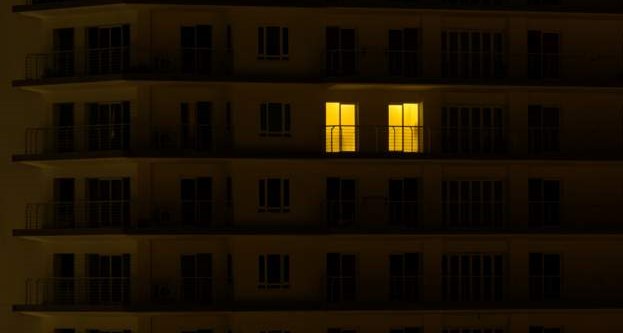NEARLY a year after the Federal Government pledged to subsidise electricity for hospitals and educational institutions, the promise remains largely unfulfilled. Instead, public universities and hospitals continue to battle soaring electricity bills, some reportedly paying as much as ₦300 million monthly, with no visible relief in sight.
The promise was made in August 2024 by the Minister of Power, Adebayo Adelabu, during a radio programme in Ibadan. Adelabu had assured that the government would cushion the effects of increased tariffs for health and academic institutions, even those placed under the Band A category, a group that receives longer hours of electricity but pays the highest rates following subsidy removal.
“For the ones that are properly health and education-related, we are ready to subsidise them, even if they are on Band A,” Adelabu had declared.
“Discos will collect a certain amount, and the government will pay the balance.”
Since that declaration, no policy framework, implementation plan, or follow-up communication has emerged from the ministry or other arms of government.
Officials from several tertiary hospitals and federal universities confirmed they still pay full electricity rates, leading to crippling financial burdens. According to them, operating costs are spiralling out of control, and power disconnections remain a threat.
The silence has drawn criticism from civil society. The National Coordinator of the All Electricity Consumers Protection Forum, Adeola Samuel-Ilori, accused the minister of making a political statement without backing from the Federal Executive Council (FEC).
“There’s no subsidy plan in place. It was a mere political statement,” Samuel-Ilori said.
“Even NERC officials admitted they had no directive to implement such a subsidy. So how can you expect implementation of a policy that doesn’t exist officially?”
Last year, Eko Electricity Distribution Company (EKEDC) disconnected the University of Lagos over unpaid bills. Several institutions continue to operate under severe energy constraints, with many unable to power labs, wards, lecture halls, and administrative buildings.
A Professor of Energy Law at the University of Lagos, Dayo Ayoade, said the lack of follow-through reveals deeper governance issues. While he agreed that subsidising essential services like hospitals and schools is ideal, he noted that subsidy mechanisms are often prone to corruption, poor targeting, and unsustainability.
“Subsidies can easily be abused. The real question is: how do you implement such a policy without it becoming wasteful or mismanaged?” he asked.
“The alternative is to invest in long-term, off-grid power solutions like solar but that takes time.”
Rather than follow through with the subsidy plan, the Federal Government now appears to be quietly pivoting to solar-based energy solutions for public institutions.
According to the media aide to the Power Minister, Bolaji Tunji, the Rural Electrification Agency (REA) is coordinating a rollout of renewable energy installations at select federal universities and teaching hospitals.
Tunji confirmed that the initiative involves off-grid captive power systems that are dedicated, cleaner, and more sustainable. So far, several universities and hospitals have benefitted from solar installations:
University of Maiduguri & Teaching Hospital, Borno – 12MW
University of Calabar & Teaching Hospital, Cross River – 7MW
Michael Okpara University of Agriculture, Abia – 3MW
Federal University of Agriculture, Abeokuta, Ogun – 3MW
University of Abuja, FCT – 3MW
Nigerian Defence Academy, Kaduna – 2.5MW
Federal University Gashua, Yobe – 1.5MW
“The focus is on solar now,” Tunji said.
“We’re working with the REA to ensure these institutions get reliable, sustainable electricity. But we’re also trying to separate commercial entities within universities and hospitals so that subsidy or power relief is limited to essential services only.”
Some analysts see this shift from subsidy to solar as a practical adaptation, especially as Nigeria grapples with dwindling revenues and rising debt. But for many institutions still struggling with high electricity bills, the delay and lack of communication about the original subsidy promise feel like yet another example of government rhetoric failing to translate into action.
“If the government no longer intends to implement the subsidy, it should say so,” one official at a federal teaching hospital said anonymously.
“We budgeted based on that promise. Now, we’re being threatened with disconnection again.”
Stakeholders insist that if the government intends to provide relief through solar installations, it should clearly communicate the roadmap, funding model, and timeline—rather than allowing unfulfilled promises to linger in ambiguity.
“We can’t plan around speeches. We need policies,” another university administrator remarked.
“Whether it’s subsidy or solar, the government must act with clarity and speed.”


